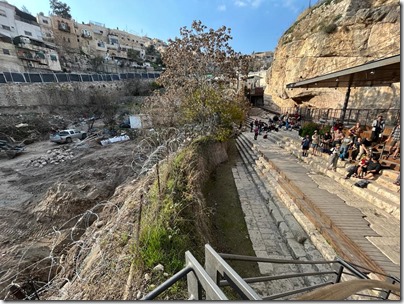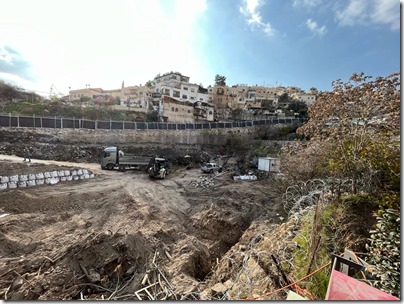A bronze shield thought to belong to a king of Urartu has an inscription mentioning a previously unknown nation.
Archaeologists discovered a tavern dating to 2700 BC in the ancient city of Lagash.
“Two ancient clay tablets discovered in Iraq and covered from top to bottom in cuneiform writing contain details of a ‘lost’ Canaanite language that has remarkable similarities with ancient Hebrew.”
“The ancient Egyptians employed a host of exotic ingredients – some apparently imported from as far away as Southeast Asia – to mummify their dead.”
“A battleground fought over by ancient Egyptians and the Ptolemaic Kingdom and mentioned on the Rosetta Stone has been discovered.”
Papyrus conservator Helen Sharp explains how ancient Egyptian papyri have survived for so long.
Julien Cooper writes about the travels of Khety in the Sinai Peninsula during the 11th Dynasty.
On the Tikvah Podcast, Israeli rabbi and biblical scholar Joshua Berman talks about leading tours to Egypt. (“Things that you see from there you don’t see from here.”)
“Life and the Afterlife: Ancient Egyptian Art from the Senusret Collection, on view at the Michael C. Carlos Museum from February 4 to August 6, 2023, is an exhibition about the power of ancient Egyptian objects to engage and inspire.”
Jason Colavito argues against displaying mummies in museums.
Webinar on Feb 8: “Secrets of Egypt’s Middle Kingdom Capital: el-Lisht,” by Sarah Parcak
“The 20th edition of the Annual Symposium on the Iranian Archaeology will take place in the National Museum of Iran,” with presentations of the latest archaeological research.
Zoom lecture on Feb 8: “Mercenary Soldiers in the Achaemenid World,” by John W. I. Lee
New release from RevelationMedia: Polycarp. Free to view if you enter your email address. (I don’t see another viewing option.)
“Nominations are invited for the 2023 Biblical Archaeology Society Publication Awards, for books published in 2021 and 2022.”
ASOR is offering 40+ scholarships of $2,000 each for participation on ASOR-affiliated projects during the summer of 2023. The deadline to apply is February 15.
HT: Agade, Arne Halbakken, Explorator

